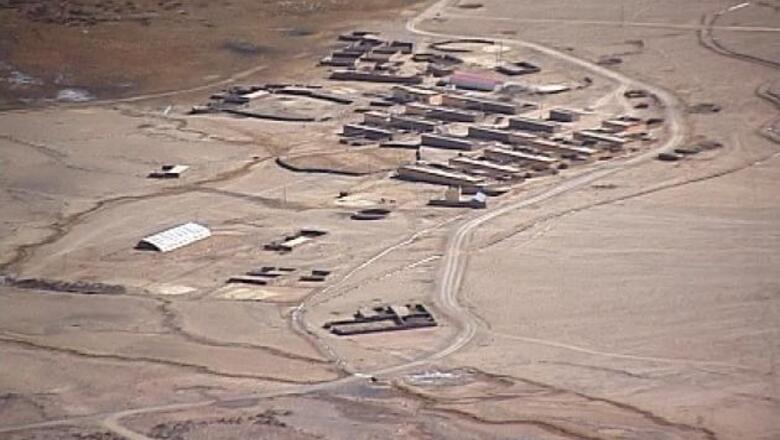
views
New Delhi: Four days after the face off with Chinese troops ended at Raki Nulla in eastern Ladakh, there's no clarity in Delhi on just why it happened. Indian diplomats expect some of the fog will clear when External Affairs Minister Salman Khurshid returns from Beijing.
"It could have been a signal to India, that they wanted movement on the draft of the defence cooperation agreement they had handed over in March," said a high level source. The draft basically formalises all the standard operating procedures forces on both sides of the Line of Actual Control observe while on patrol.
The Army is presently studying the draft and is expected to give its views. Reportedly some of the proposals relate to advance warning of patrols by either side, no "tailing" of troops and so on.
But the sources say, China by initiating the face off had unilaterally changed the rules (both sides had agreed upon) to signal its discomfort with the status quo on the LAC. By doing so China also showed signs of "Great Power Autism", meaning it did not anticipate the reaction in India especially from the media. That in turn may have even given the government the leverage it needed to tell the Chinese thus far and no farther.
While India did dismantle what sources described as a "tin shed" in the Chumar sector, sources say no bunkers were dismantled. Other sources claimed putting up fortifications on the flat terrain of the Tibet Plateau serves no purpose as these could be circumvented.
What's clear is that such face offs could happen again, whether in Ladakh or elsewhere. India's weakness has also been exposed, as it will redouble its efforts to plug every gap where it believes China could enter, stretching and thinning its resources. The saving grace is China too by opening so many fronts ranging from the South China Sea to the Pacific, maybe experiencing similar problems.




















Comments
0 comment